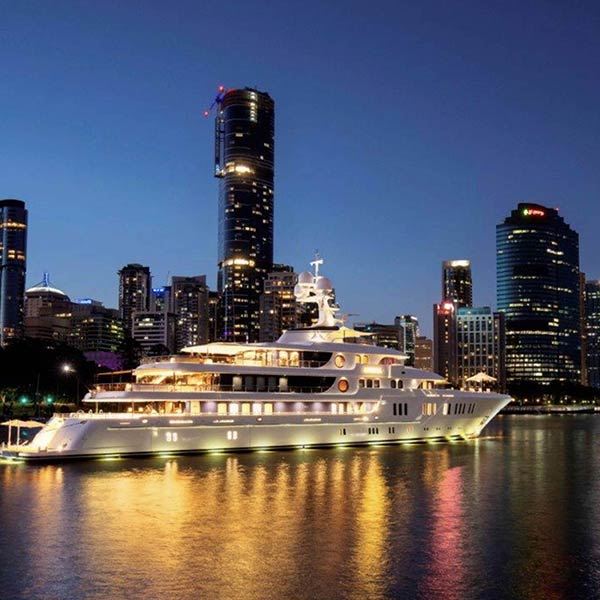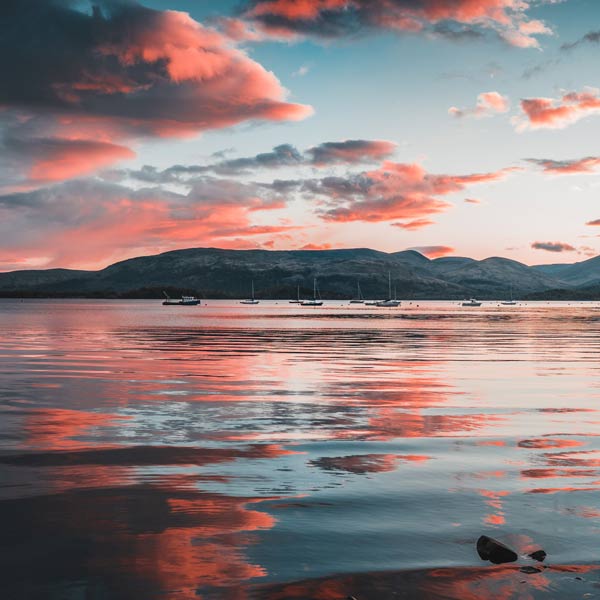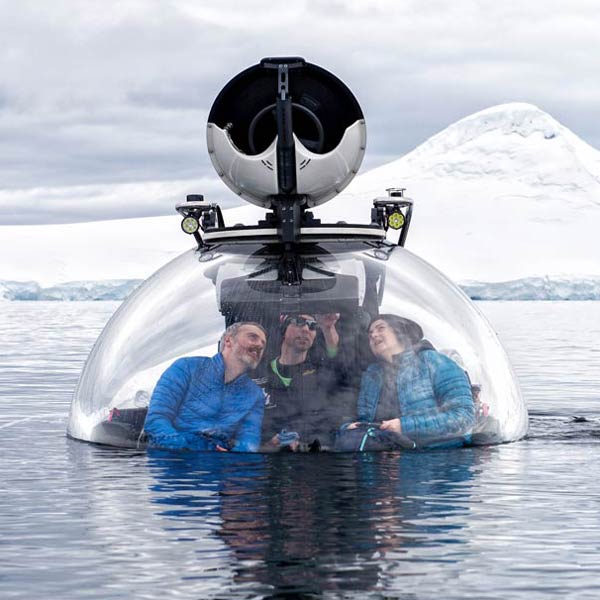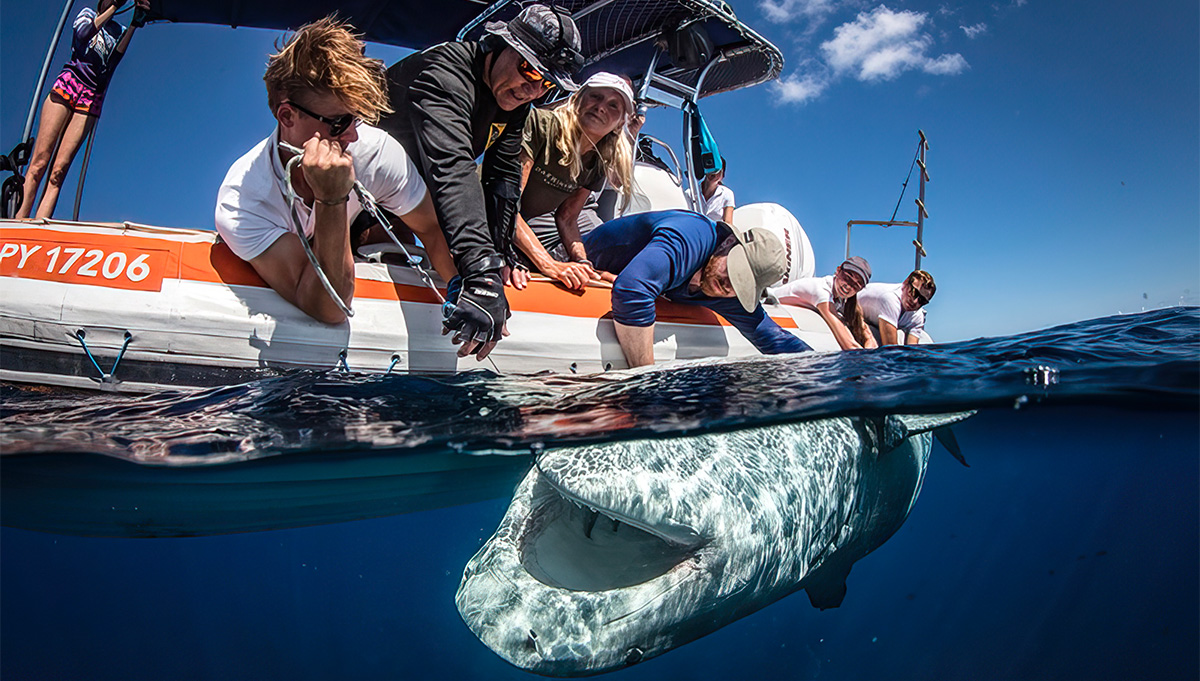
Operation Swimway Photo: Rodolphe Holler

Operation Swimway Photo: Rodolphe Holler
Yachts on a mission
Ocean conservation is key for many yacht owners, and a new data-gathering programme is helping owners, guests and crews not only get involved but also find new purpose for their time on the water.
One of the wonders of being out on the ocean is the wonder they hold. From corals to whales and with everything in between, it’s one of the things that makes yachting an experience rather than just a getaway. There is a problem, however – rising pollution from shipping and industry, overfishing, climate change and more are threatening to impact on the health of the oceans and, with the oceans being so vital for the health of the planet in general, that is bad news for all of us.
Several organisations and even international treaties are trying to turn the tide on preserving our ocean environments, and the yachting industry is playing its part. Yacht owners are sometimes perceived more for the yachts they own than for their own philanthropy, but the truth is that many are active in supporting ocean conservation. The superyacht industry too is taking positive steps, with organisations like Water Revolution Foundation – which was set up as an industry non-profit to tackle topics such as sustainability and ocean conservation – backing Important Marine Mammal Areas (IMMAs) research and starting a new programme called Ocean Assist.
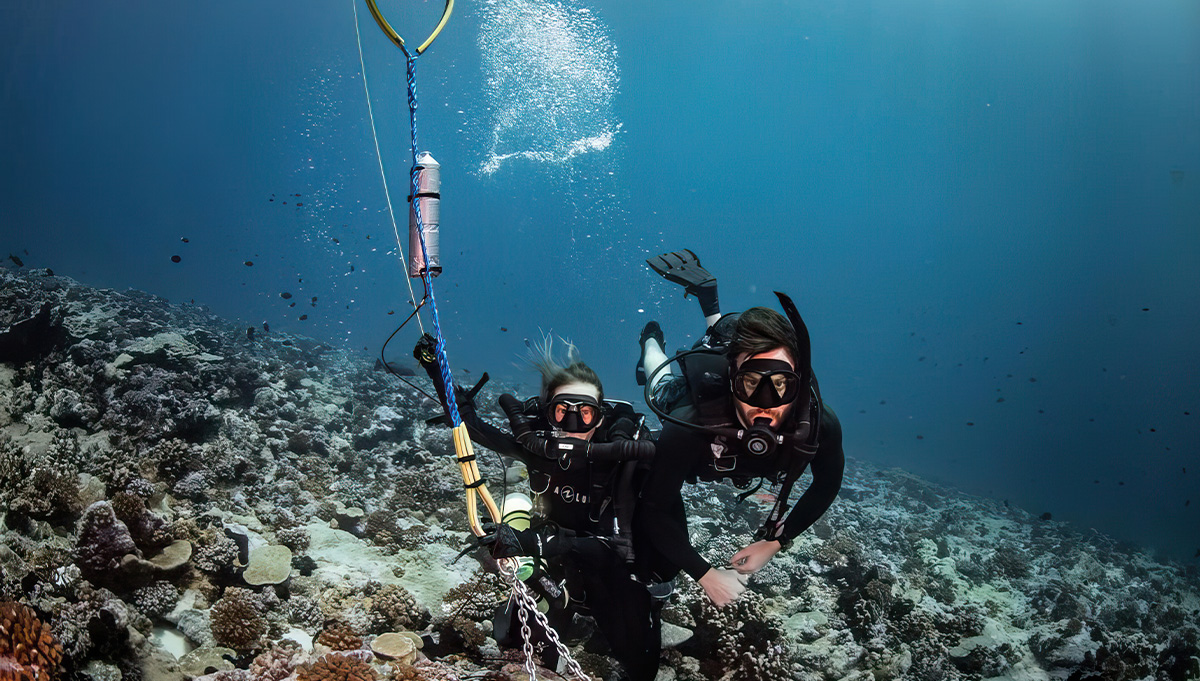
Operation Swimway Photo: Rodolphe Holler

Operation Swimway Photo: Rodolphe Holler
There are other yachting-focused programmes too, and it’s here that the non-profit YachtAid Global, along with partners such as Tahiti Private Expeditions, has stepped up with a monitoring and data-gathering programme called Operation Swimway that encourages yachts to get involved in protecting the environment they enjoy. “We started Operation Swimway in 2018,” says Zoran Selakovic, Global Director of Operations at YachtAid Global (YAG). “There’s a worldwide goal – pledged to by more than 100 countries – to protect 30 percent of the oceans by 2030, and it was established by the science community not just to protect what we have but also to reverse the loss of biodiversity we’ve experienced in the last 20 or 30 years.”
It’s going to be hard to achieve that goal without tackling some significant regions of high seas and remote areas, Selakovic says, but these hard-to-reach areas are still being hit by human activity such as factory fishing ships. “Organising research in those areas is important to find out what’s there, what the aggregation patterns of pelagic species are, if they are pupping or hunting there, in order to establish what we call swimways,” he explains.
The theory is simple – work out where the migratory corridors are in order to protect those routes and the pelagics that use them. “What’s the point of protecting an island and making a national park out of it if the sharks then leave just to get slaughtered 40 miles offshore?” Selakovic asks. “So the goal of Operation Swimway is to help identify these migratory routes and that’s where the yachting community is stepping in, to help accelerate connecting large national parks to make international parks.”
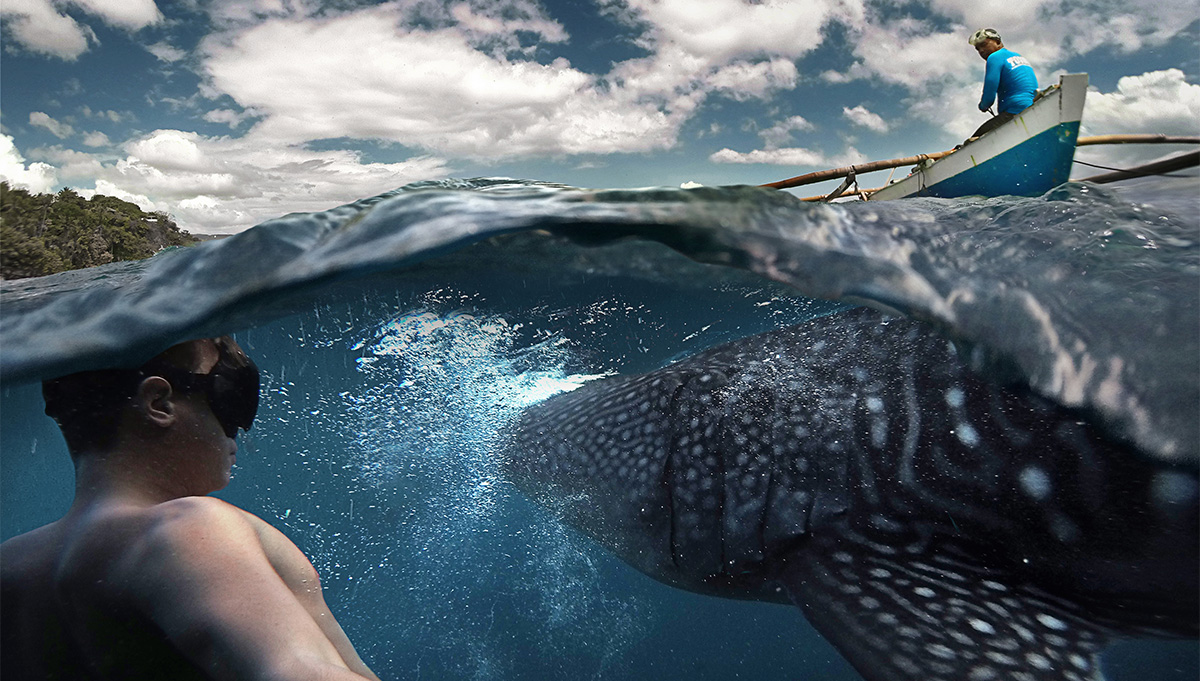
Swimming with whale sharks

Swimming with whale sharks
In the eastern Pacific, for example, there are already established island parks – the Galapagos is perhaps the most famous, but there is also Malpelo Island and Cocos Island, and others. By building a database of the swimways between them it will be able to quantify it in a statistically significant way that governments will have to agree it should all be connected. “Each country has its own science team, and what we do is collaborate and bring those teams together and provide a work platform,” Selakovic says. “Yacht owners help us with investments and things of that nature, although they are also getting more involved on a practical front too – what helps is that we make them aware of how they can do that.”
Selakovic has seen a continued uptick in yachts wanting not only to contribute but to take part, and believes there are a couple of reasons why. First, it’s because with Operation Swimway – as with all YAG programmes – there is a direct investment approach, which means owners can see exactly where their contributions are going and what they are being spent on. “It’s very tangible,” he says. “These owners are not new to giving, they’re smart people. And a number of them also happen to be around to see the work first-hand, and that’s also compelling. We try to organise these citizen science experiences, combining science teams and YAG scientists’ skill sets aboard a yacht,” he continues. “Some owners are very passionate divers and conservationists themselves, and when they get to partake in science activities they really start to understand animal behaviours and they learn intricate details they wouldn’t otherwise learn.”
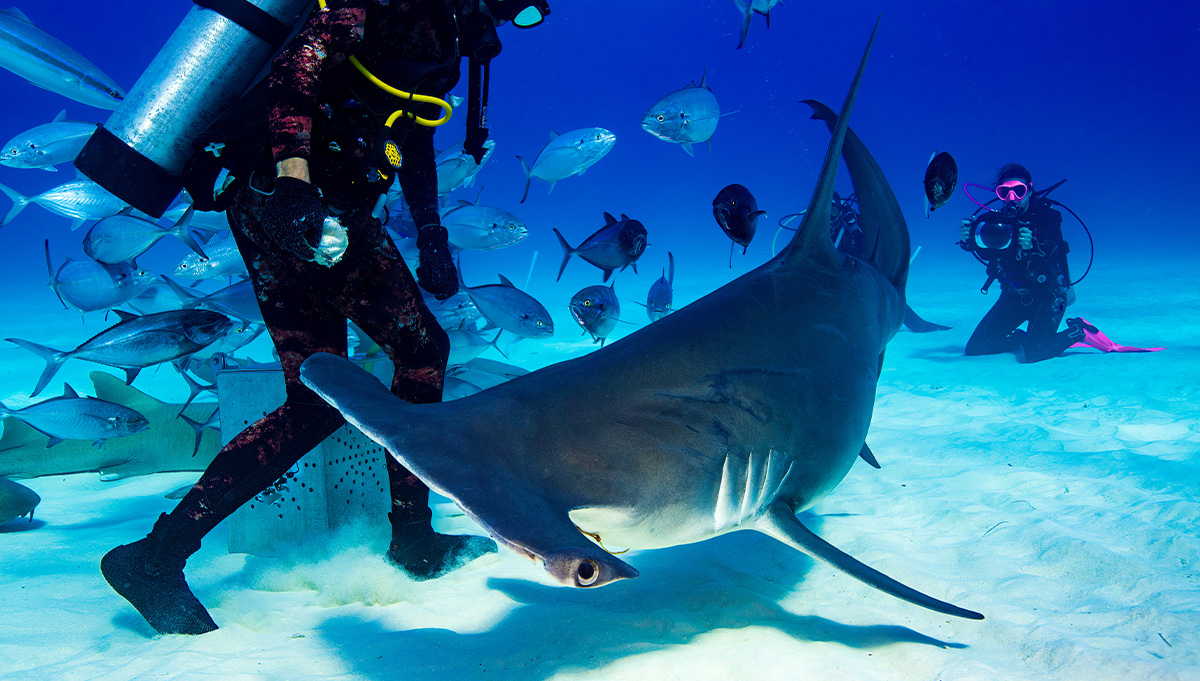
Hammerhead encounters

Hammerhead encounters
It speaks to a wider trend in yachting that centres both on enhancing the experience of being on board and also to taking responsibility for stewardship of the oceans – after all, without clean and healthy oceans there would be no yachting playground. “It definitely adds an experiential dimension,” Selakovic confirms, “and there are yachts who found out about YAG through the crew network of perhaps someone in yacht management ashore, and then they realise how enriching this can be both for the crew and the guests.”
This is starting to lead to a new approach to yachting, says Selakovic, in which the yachts are working with YAG and other organisations to set up a top-down, value-based mission. “It’s like, ‘now this yacht has a mission, it’s not just for my enjoyment’, and giving the yacht orientation towards that,” Selakovic enthuses. “We’ve got programmes where the yacht says ‘we want to do four science expeditions this year and one community engagement, and each science expedition should be at least 10 days’. We’ve defined success metrics which gives everybody targets.
“It’s very interesting,” he concludes, “because now those crews are a lot more energised and they feel they have a reason to be out there other than just maintaining a yacht and having lovely holidays. It becomes very much an energising, mission-orientated experience for them too.”

